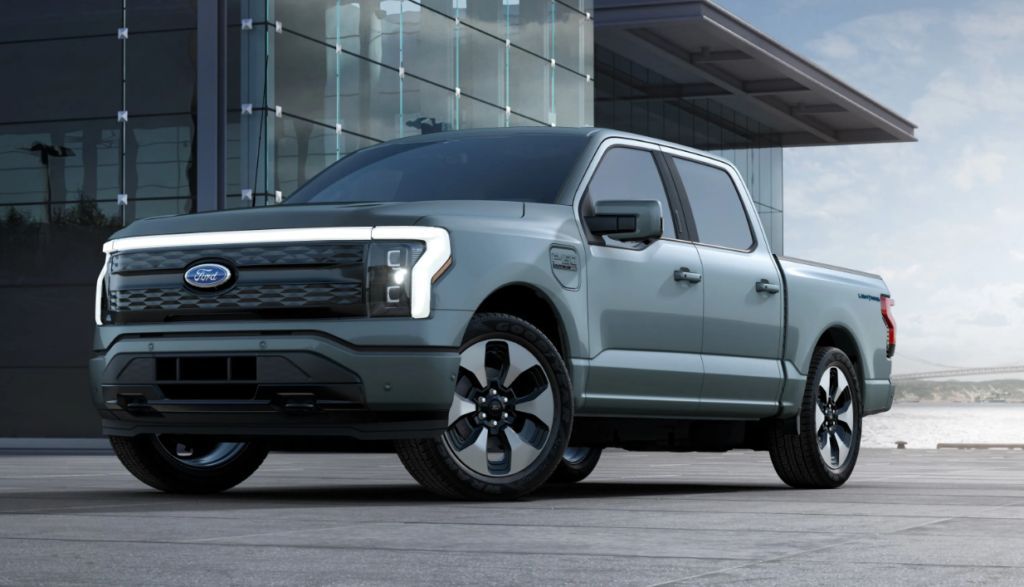The Treasury Department has revealed which cars will be eligible for the new electric vehicle tax credits available under the Inflation Reduction Act. Under the new rule, effective for the 2023 tax year, consumers can receive up to $7,500 back in federal tax credits on eligible vehicles depending on where the EV’s battery components and minerals are sourced. Below is a list of eligible vehicles as of 5/16/2023.
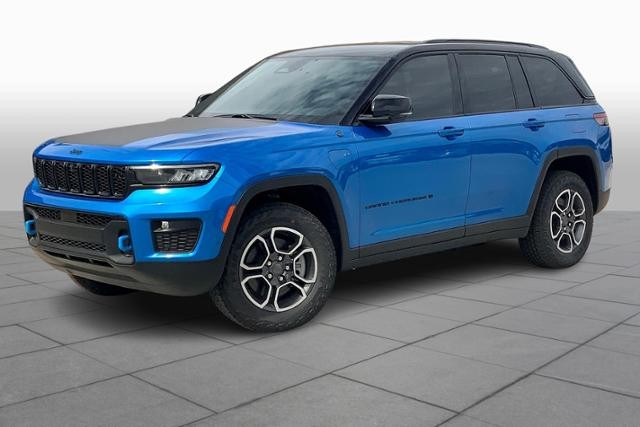
- 2022-2023 Jeep Grand Cherokee PHEV 4xe
- 2022-2023 Chrysler Pacifica PHEV
- 2022-2023 Jeep Wrangler PHEV 4xe
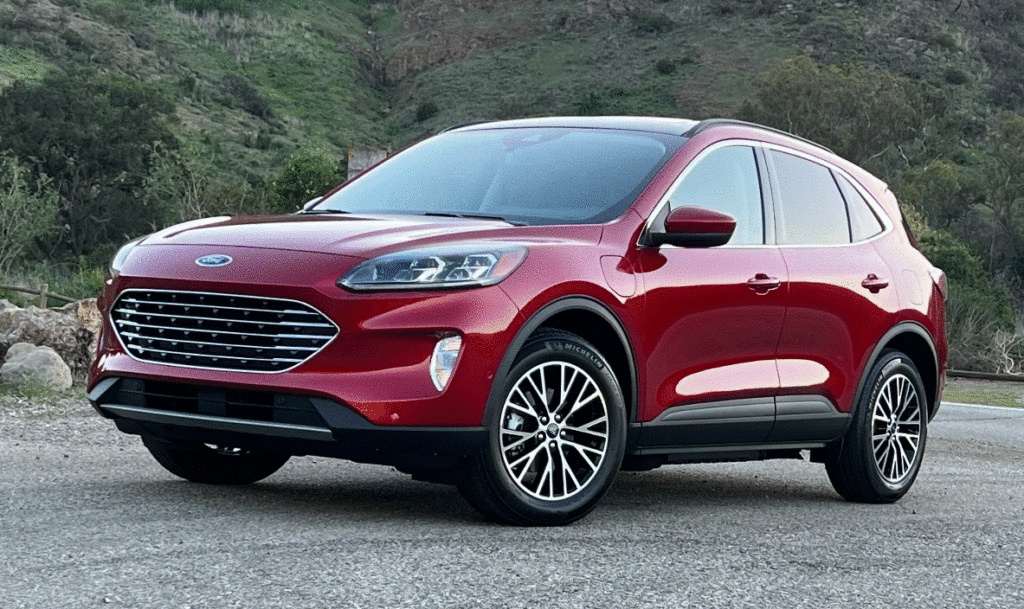
- 2022 Ford Escape Plug-in Hybrid
- 2022-2023 Ford F-150 Lightning (standard and extended range)
- 2022 Ford e-Transit
- 2022-2023 Ford Mustang Mach-E (standard and extended range)

- 2023 Lincoln Aviator Grand Touring
- 2022 Lincoln Corsair Grand Touring
- 2022-2023 Chevrolet Bolt
- 2022-2023 Chevrolet Bolt EUV
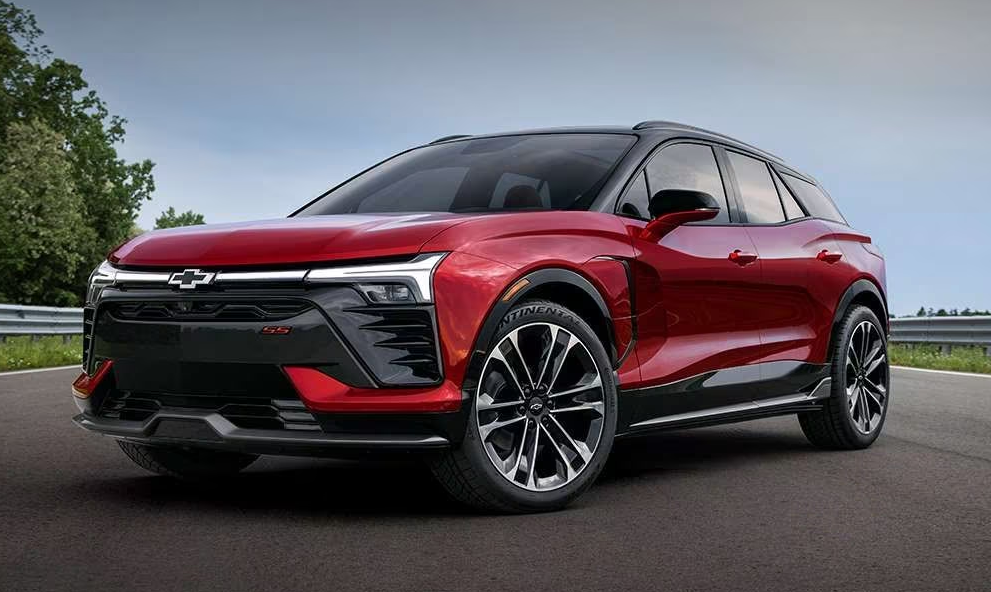
- 2024 Chevrolet Blazer EV
- 2023-2024 Cadillac LYRIQ
- 2024 Chevrolet Silverado EV
- 2024 Chevrolet Equinox EV
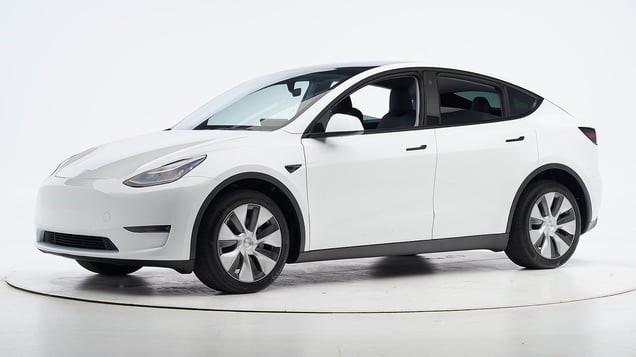
- 2022-2023 Tesla Model Y AWD
- 2022-2023 Tesla Model 3 Standard Range RWD
- 2022-2023 Tesla Model 3 Performance
- 2022-2023 Tesla Model Y Long Range AWD
More than a dozen new models and some of their model variants are eligible for the Federal Tax Credit. The Treasury has placed a sunset on a small number of foreign made vehicles.
Most of the eligible cars are made by the “Big-3” EV automakers in the U.S. – Ford, GM/Stellantis, and Tesla. A small number of models from foreign brands including Hyundai and Nissan do not qualify for the new tax credit. However, that will likely change in the coming months and years as some of these brands are currently building factories in the U.S. to assemble their vehicles. The most current eligible vehicle list can be found at fueleconomy.gov
Used and Leased EV’s
A separate tax credit applies to used EV’s and it doesn’t carry such stringent requirements on battery content or manufacturing. Under the Inflation Reduction Act, the Federal Tax Credit on a pre-owned plug-in electric and fuel cell vehicle is 30% of the sale price up to $4,000. To qualify, a vehicle must meet all these requirements:
- It must be made by a qualified manufacturer. See IRS’s index of qualified manufacturers and vehicles.
Note that fuel cell vehicles do not need to be made by a qualified manufacturer to be eligible. See Rev. Proc. 2022-42 for more detailed guidance. - It must have a sale price of $25,000 or less.
- It must have a model year at least two years earlier than the calendar year when you buy it. For example, a vehicle purchased in 2023 must be a model year of 2021 or older.
- It must not have already been transferred after August 16, 2022, to a qualified buyer.
- It must be for use primarily in the United States.
- It must have a gross vehicle weight rating of less than 14,000 pounds.
- It must be an eligible fuel cell vehicle or plug-in electric vehicle with a battery capacity of least 7 kilowatt hours.
How to take the Credit
The tax credit goes on federal form 8936 “Qualified Plug-in Electric Drive Motor Vehicle Credit”. You’ll need the year, make, model, VIN #, purchase price, and purchase date.

This material is compiled from sources SST believes to be reliable. The possibility of error does exist. The material is intended only as educational and may omit information on exceptions, qualifications, definitions, and effective dates. The reader should not rely solely on this material but should review original sources to determine the law and applicability for each situation. Neither the author nor Solid State Tax Service, LLC will be responsible for any error, omission, or inaccuracy under any circumstance.
